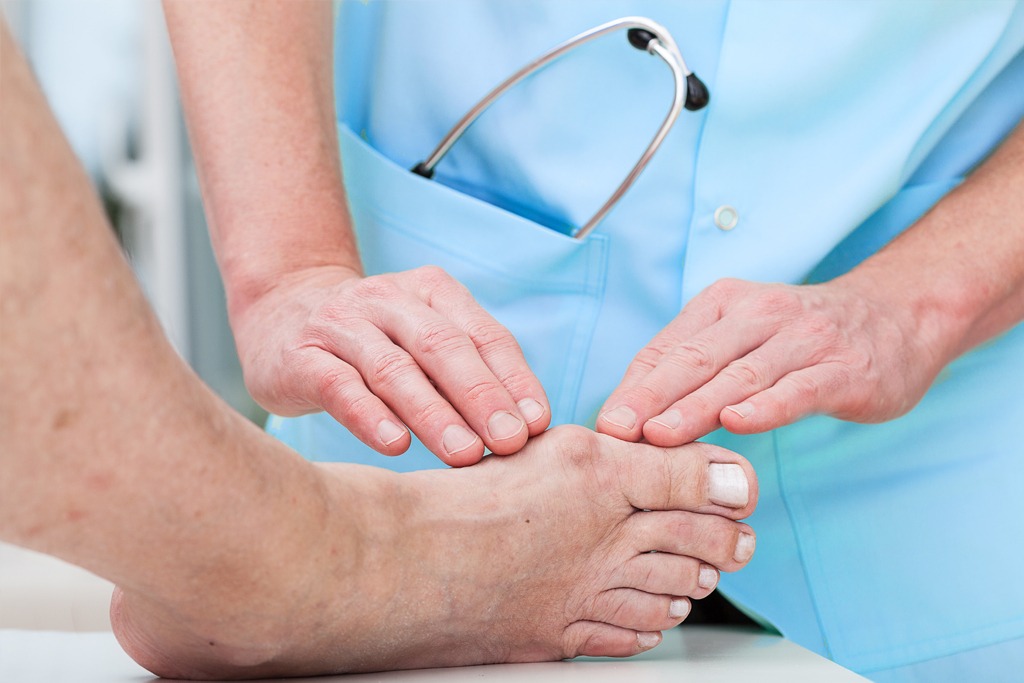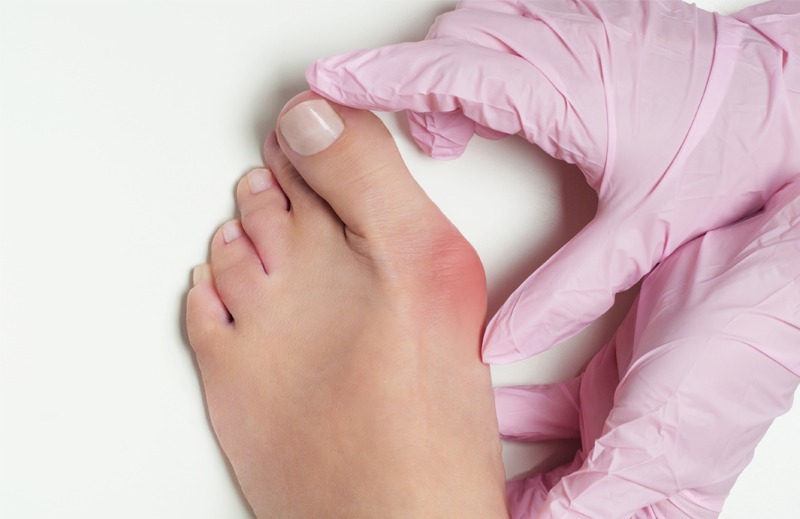
What Does Bunion Surgery Involve?
No visible scar from the top of the foot.
Minimal pain post-surgery.
Walking on foot in a surgical shoe from day 1.
No cast or crutches required.
Most people are back in regular shoes after 2-3 weeks.
What To Expect
Following surgery, you do not require the use of crutches, and there are no bulky casts. Generally, no scarring or stitches are visible at the incision site. At Oregon Institute of Foot Care, we not only care about the health of our patients, but also the cosmetic outcome of your surgery. Dr. Manson utilizes plastic surgical techniques for closing the surgical site to avoid visible scarring.
Bunion surgery is always followed with custom orthotics at Oregon Institute of Foot Care. Custom orthotics help to correct the cause of the bunion in the first place and help to prevent the recurrence of the bunion deformity.
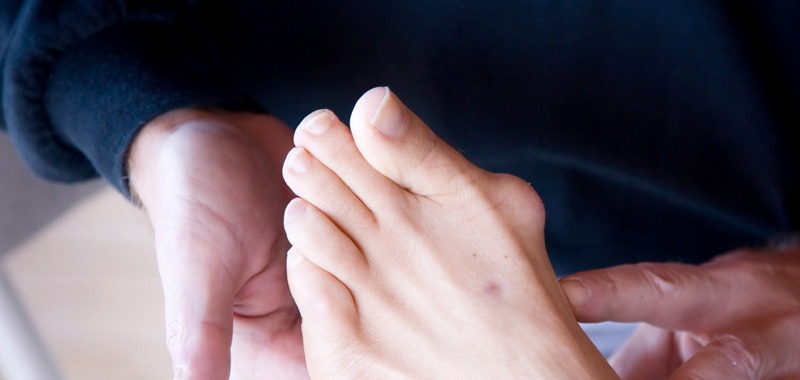
Frequently Asked Questions
What is the recovery and aftercare process?
What is the cost of bunion surgery?
What is a bunion?
How do bunions form?
What are bunion symptoms?
Patients may also experience cramping and overall fatigue in the arch of the foot.
The longer you leave a bunion untreated, the more harm it will cause. Arthritis may form in the joint and a deformation of the foot may follow, causing pain.
Are there diagnostic tests for bunions?
Is there a non-surgical treatment approach?
Related Procedures
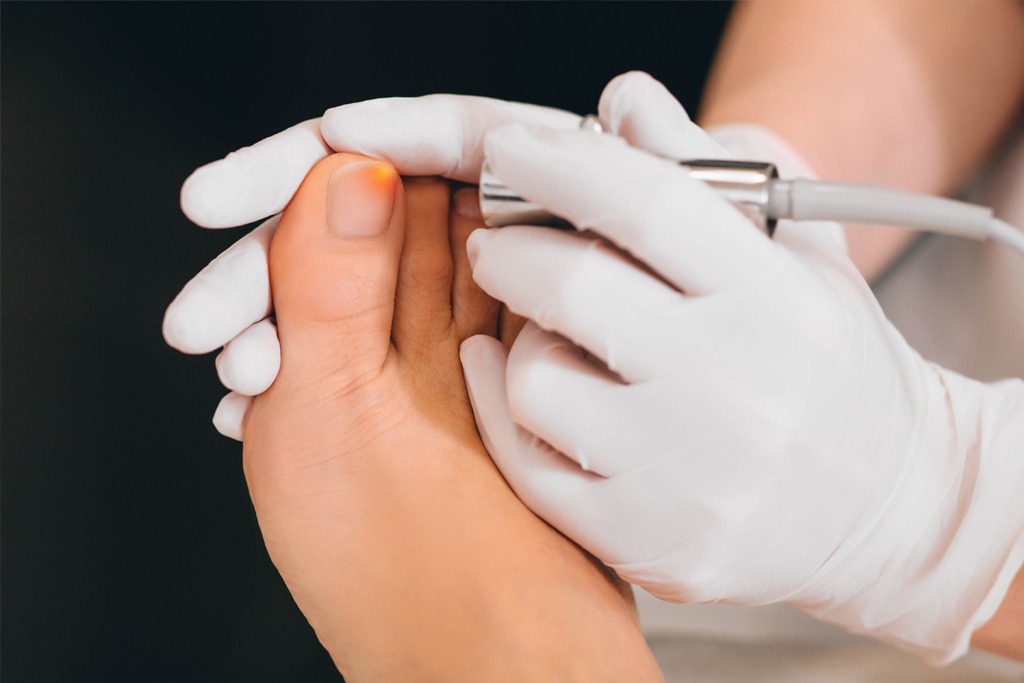
Lunula Laser For Toenail Fungus
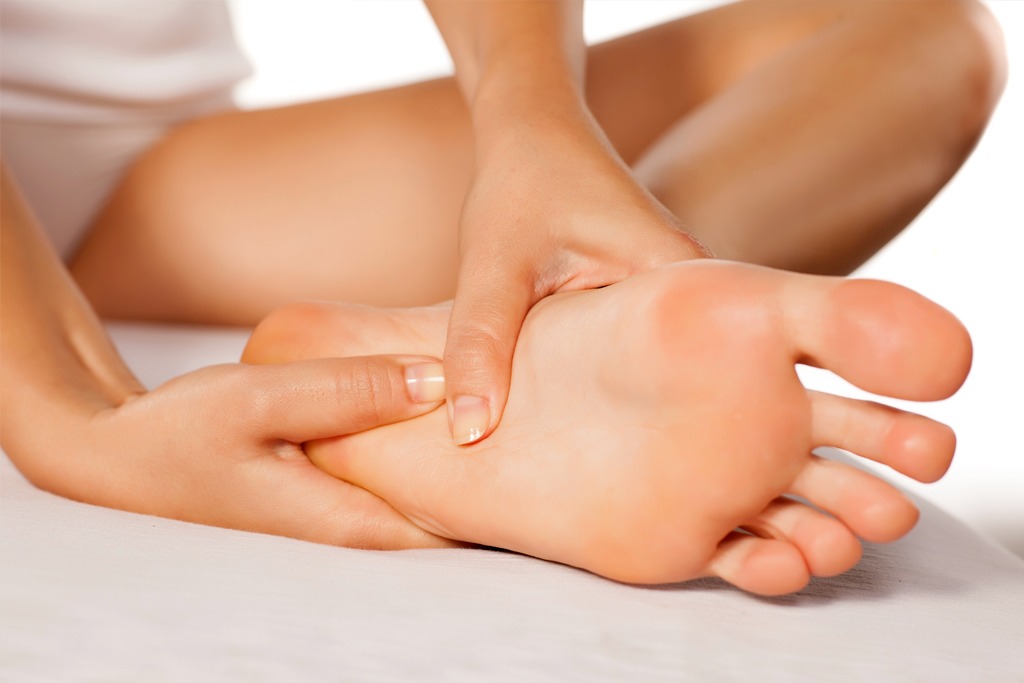
Tailor's Bunion Surgery
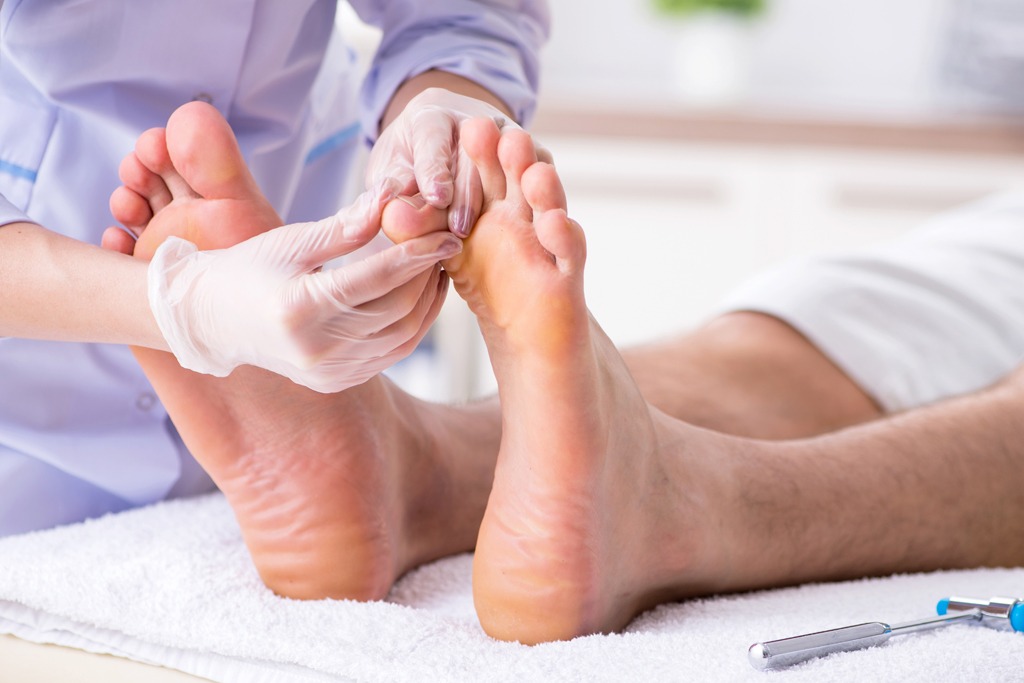
Hammertoe Surgery
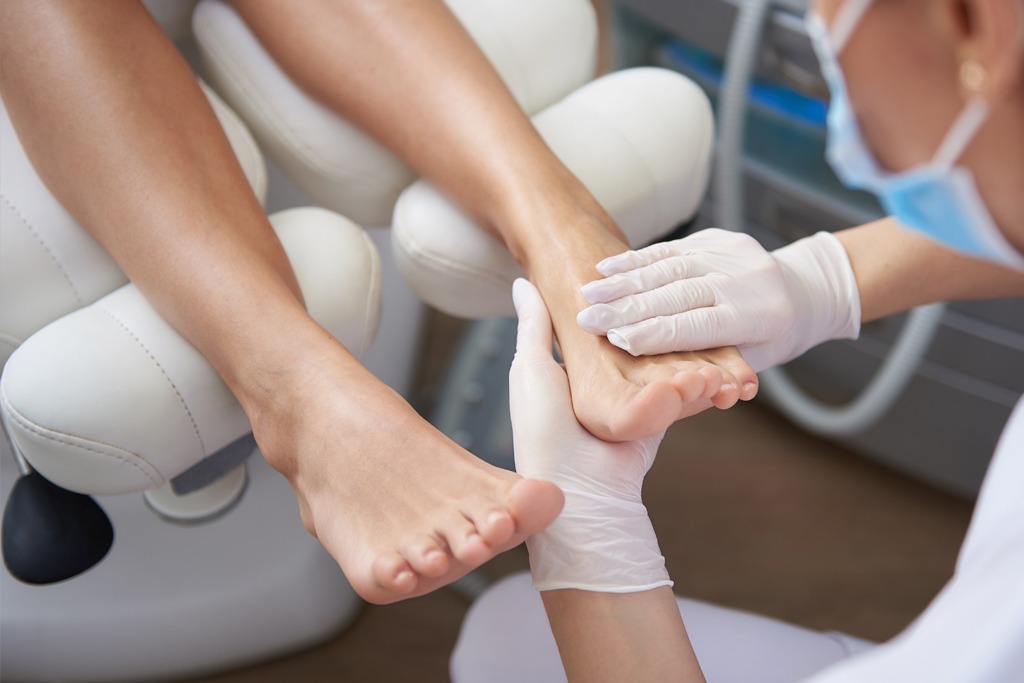
5th Hammertoe Surgery
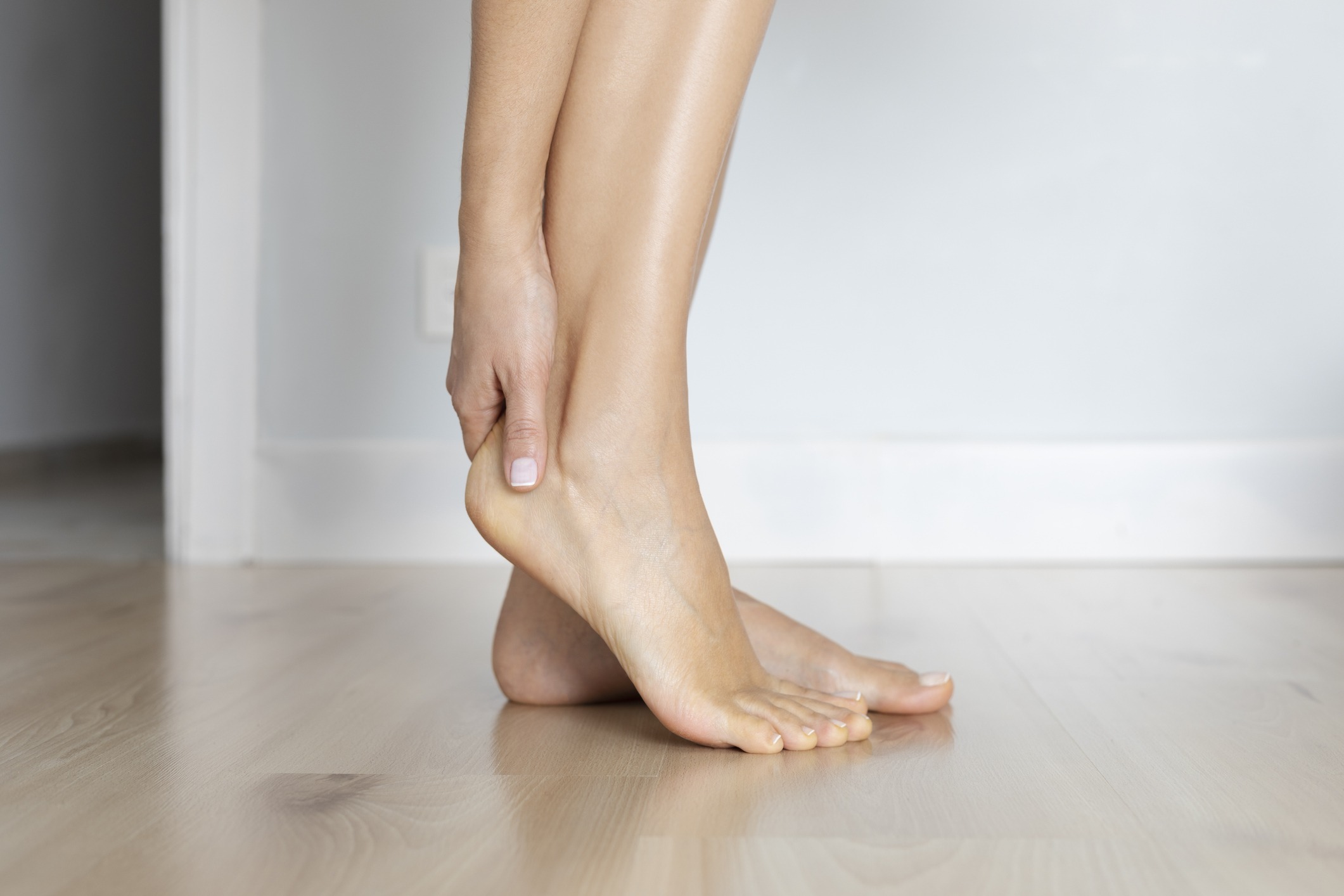
About
About

